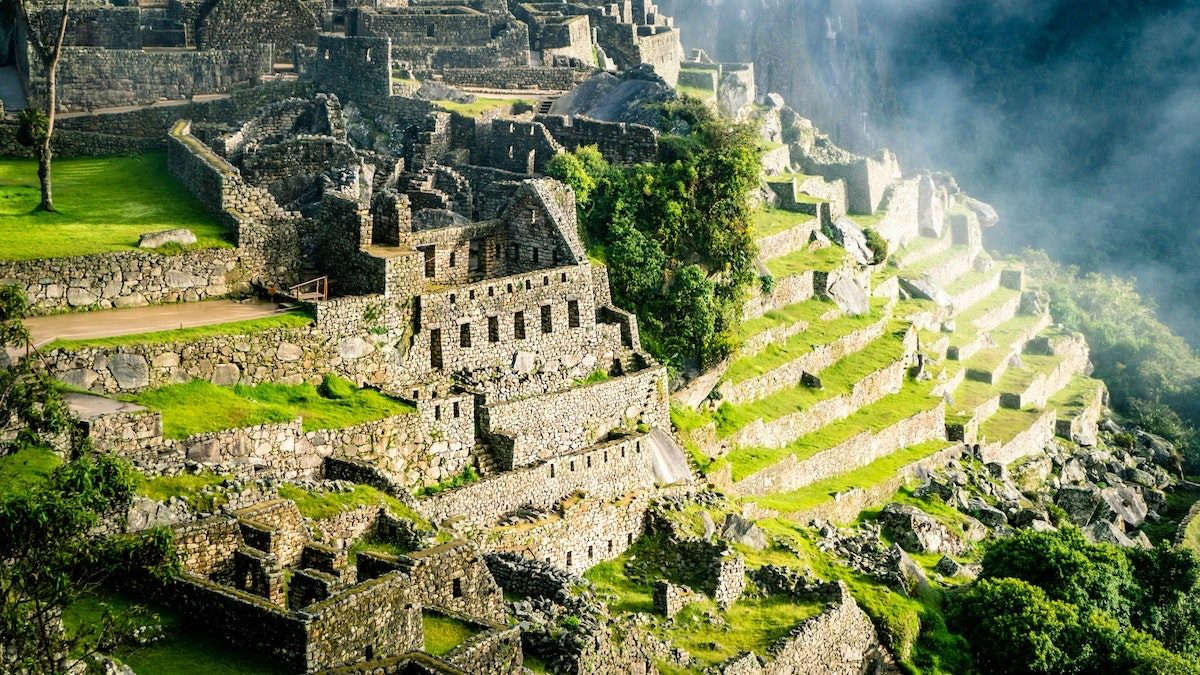
© CRAIG HASTINGS / GETTY IMAGESThe ancient Andes we all recognise: Machu Picchu in Peru.
An international team has conducted what it says is the first in-depth, wide-scale study of the genomic history of ancient civilisations in the central Andes mountains and coast before European contact.
The
findings, published in the journal
Cell,
reveal early genetic distinctions between groups in nearby regions, population mixing within and beyond the Andes, surprising genetic continuity amid cultural upheaval, and ancestral cosmopolitanism among some of the region's most well-known ancient civilizations.Led by Harvard Medical School and the University of California, Santa Cruz, the study team was drawn from a number of disciplines and countries, including Argentina, Australia, Bolivia, Chile, Germany, Peru, the UK and the US.
Together they analysed genome-wide data from 89 individuals who lived between 500 and 9000 years ago. Of these, 64 genomes, ranging from 500 to 4500 years old, were newly sequenced - more than doubling the number of ancient individuals with genome-wide data from South America.
Their analysis included representatives of civilisations in the Andes from whom no genome-wide data had been reported before, including the Moche, Nasca, Wari, Tiwanaku and Inca.
And it represents "a major step toward redressing the global imbalance in ancient DNA data", according to Harvard's David Reich, a professor of genetics.
"The great majority of published ancient DNA studies to date have focused on western Eurasia," he says. "This study in South America allows us to begin to discern at high resolution the detailed history of human movements in this extraordinarily important part of the world."
The analyses revealed that by 9000 years ago, groups living in the Andean highlands became genetically distinct from those that eventually came to live along the Pacific coast. The effects of this early differentiation are still seen today.
By 5800 years ago, the population of the north also developed distinct genetic signatures from populations that became prevalent in the south, the team found. Again, these differences can be observed today.
After that time, gene flow occurred among all regions in the Andes, although it dramatically slowed after 2000 years ago.
The team discovered genetic exchanges both within the Andes and between Andean and non-Andean populations. Ancient people moved between south Peru and the Argentine plains and between the north Peru coast and the Amazon, largely bypassing the highlands.
Analysis revealed that multiple regions have maintained genetic continuity over the past 2000 years, despite clear cultural transformations. This contrasts with many other world regions, says Reich, where ancient DNA studies often document substantial genetic turnover during this period,
The population structures that arose early on persisted through major social changes and on into modern societies.
"To our surprise, we observed strong genetic continuity during the rise and fall of many of the large-scale Andean cultures, such as the Moche, Wari and Nasca," says Harvard's Nathan Nakatsuka, the paper's first author.
"Our results suggest that the fall of these cultures was not due to massive migration into the region; for example, from an invading military force, a scenario which had been documented in some other regions of the world."
Reader Comments
to our Newsletter